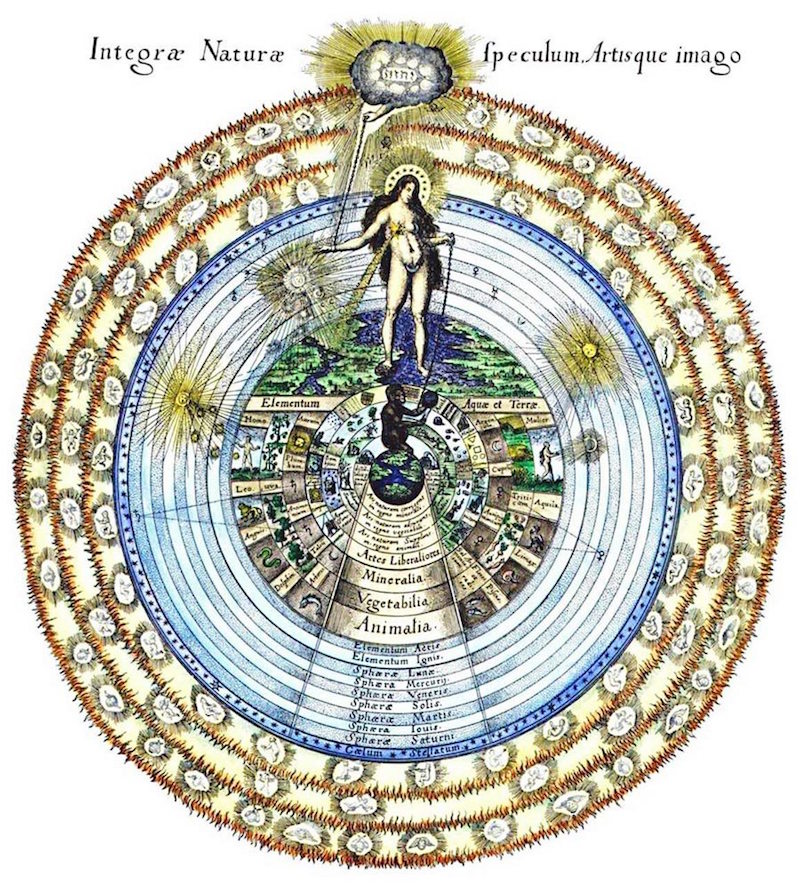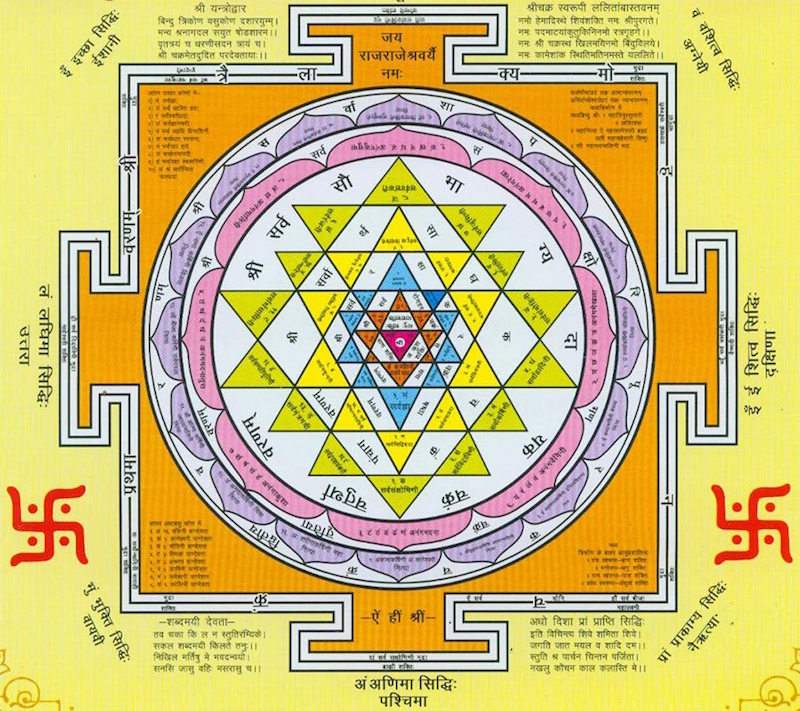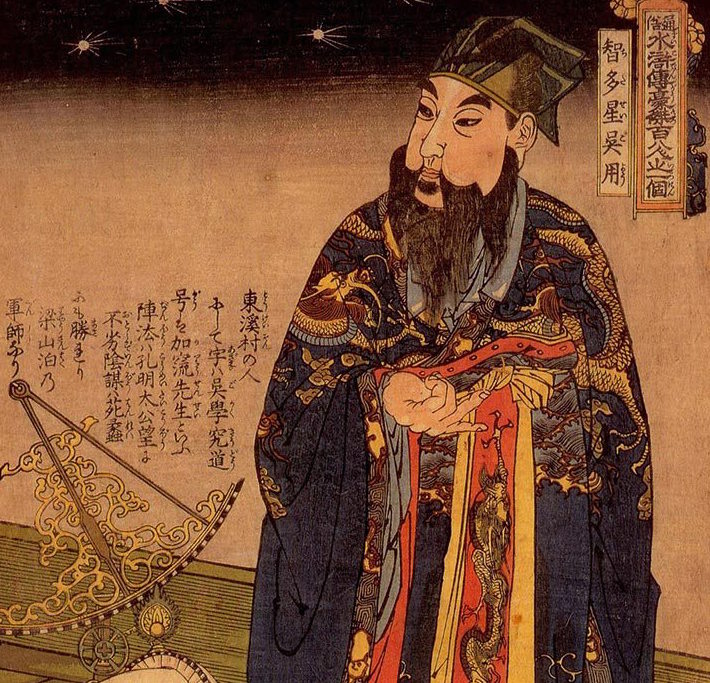How Alchemy, the Forbidden Science, Changed World History
How Alchemy, the Forbidden Science, Changed World History
lchemy is generally seen as an archaic proto-science based on superstition that is of little interest to the modern chemist. In truth, chemistry owes much to alchemy, which covers philosophical traditions and chemical history spanning several millennia in the Middle East, China, India and Europe. The Royal Art has played a significant role in the development of modern chemistry, medicine and psychology.
The etymology of the modern word, chemistry, comes from the Arabic alkīmiyā (al ‘the’ + kīmiyā), which comes from the ancient Greek word chēmeía, meaning “black magic.” The Greek word is derived from the ancient Coptic word for “Egypt,” kēme, which means “black earth,” a type of fertile soil that is left after the annual flooding of the Nile.
Alchemy can generally be defined as an ancient art form that seeks purification of the soul and immortality in parallel with the transmutation of chemical elements where gold symbolizes perfection. Alchemists made medicines and pharmaceuticals, and endeavored to understand the material basis of the world. Although the alchemists practiced actual chemistry and medicine, turning lead into gold symbolized a spiritual transmutation equivalent to an awakened consciousness present in all forms and which created the universe.
In Western alchemy, perfection is achieved through the action of the Philosopher’s Stone. Alchemists believed that it could turn any substance into gold, prolong life and cure illness. The Philosopher’s Stone is created from “prima materia,” which is the primitive formless base of all matter, similar to our modern concepts of dark matter or chaos.
Western Alchemy: From Ancient Egypt to Renaissance Europe

The Ancient Egyptians were some of the first practitioners of alchemy, around 2000 BC, and much of the early chemical knowledge in Egypt was linked to embalming the dead and religious ritual. The Ancient Greek king Alexander the Great conquered Egypt and founded Alexandria in 331 BC, which became the intellectual and cultural center of the ancient world. Alexandria became a major hub for alchemical pursuits, bringing together Egyptian, Greek and Jewish knowledge and culture.
Between 400-600 AD, most Alchemical texts were lost, and the remainder shifted to the Islamic world due to the repeated destruction of the Library of Alexandria and of non-Christian texts during the late Roman Empire. The Islamic world became a melting pot for alchemical knowledge.
The crusades, which began in 1096 AD, brought the West into contact with Islamic knowledge, which contributed to the re-emergence of alchemy in medieval Europe. It regained popularity in Renaissance Europe, and until as late as the 17th century, many notable modern scientists were also alchemists, including Isaac Newton and Robert Boyle, who is considered the father of chemistry.
Indian Alchemy

Alexander the Great invaded India in 325 BC, which suggests that there may have been some influence between Indian and Greco-Egyptian alchemy. Indian alchemy or Rasayana, which means the art of manipulating Rasa, meaning nectar, mercury or juice, was closely associated to the Dharmic faiths (Hinduism, Buddhism, Sikhism and Jainism). Indian alchemy began in approximately 1200 BC and is an early from of Ayurvedic medicine focused on extending lifespan. Indian alchemists created medicines composed of various metals, including mercury and other substances that were combined with herbs.
Chinese Alchemy

The beginnings of Chinese alchemy are unclear, but probably emerged sometime between 400 BC – 100 AD. It is closely associated to Taoism and Chinese traditional medicine, Acupuncture, Tai Chi and Qigong, and focuses on the purification of the body in spirit in the hopes of obtaining immortality. The Chinese alchemists concocted alchemical medicines or elixirs, which were often composed of metals like gold, silver and other compounds.
Much of the central concepts between Chinese, Indian and Western alchemy are remarkably similar. It is unknown whether these forms of alchemy share common origins, and whether they influenced each other. However, from 334–323 B.C., Alexander the Great conquered many parts of the East, which helped move knowledge between Eastern and Western cultures, so it’s possible that influence occurred.
The Decline of Alchemy
How did such an important intellectual and philosophical tradition existing for several millennia suddenly disappear from Western thought?
Aspects of Indian and Chinese alchemy were absorbed by modern science and chemistry, and other aspects were preserved in other systems such as Hindu traditional medicine, Ayurveda, as well as Chinese traditional medicine, Acupuncture and modern Tai Chi and Qigong.
In the 18th century, Western alchemy was in decline due to the birth of modern chemistry, which detached itself from religion and spirituality, and embraced a more precise and empirical framework based on the scientific method. Alchemy was then generally understood to mean “gold-making,” which gave rise to the popular belief that alchemy is charlatanism and superstition. Poor translations of adulterated documents with esoteric and spiritualistic interpretations also contributed to alchemy’s decline.
Alchemy is still practiced today by a small number of practitioners who focused symbolic and spiritual aspects of alchemy, combined with a “New Age” approach. Some alchemical techniques are still actively practiced in traditional medicine, using a combination of pharmacological and spiritual techniques. Many secret societies, such as the Freemasons and Rosicrucians, have also always been interested in alchemical symbolism.
Alchemy’s Influence on Modern Science
Alchemy made important contributions to metalworking, refining, production of gunpowder, ceramics, glass, ceramics, ink, dyes, paints, cosmetics, extracts, liquors, etc. Alchemists conceptualized chemical elements into the first rudimentary periodic tables, and introduced the process of distillation to Western Europe. They were also among the first to extract metals from ores, and compose various inorganic acids and bases.
Some examples:
Sulfuric acid was first described (approx. 1300 AD) by the alchemist, Pseudo-Geber. Sulfuric acid is the most used substance in chemical industries today after water, air, coal and oil.
The alchemist Andreas Libavius (1555 – 1616 AD) was the first to describe the preparation of free hydrochloric acid, of tin tetrachloride, and of ammonium sulfate.
Libravius and Pseudo-Geber described the preparation of aqua regia (“royal water”), a mixture of nitric acid and hydrochloric acid, which can dissolve gold.
The alchemist Albertus Magnus (1193-1280 AD) is often credited for the discovery of arsenic, although it was probably known to earlier alchemists.
Chinese alchemists invented gunpowder or black powder in the 9th century.
Indian alchemy made important contributions to metallurgy. High-quality, high carbon steel was already being produced in India between 300-200 BC, and was exported throughout Asia and Europe.
But there is much more to the story than early chemistry.
Alchemy was influential in the formulation of Isaac Newton’s laws of motion and universal gravitation, as well as in his work on optics. Alchemy is also central to Jung’s idea of the Collective Unconscious. Much of the vast array of symbols used in alchemy draws from the Collective Unconscious of the West. The history of alchemy is very complex, and it is impossible to even scratch the surface in this article.
ANNIE WEBB/Ultraculture
Be the first to post a message!
